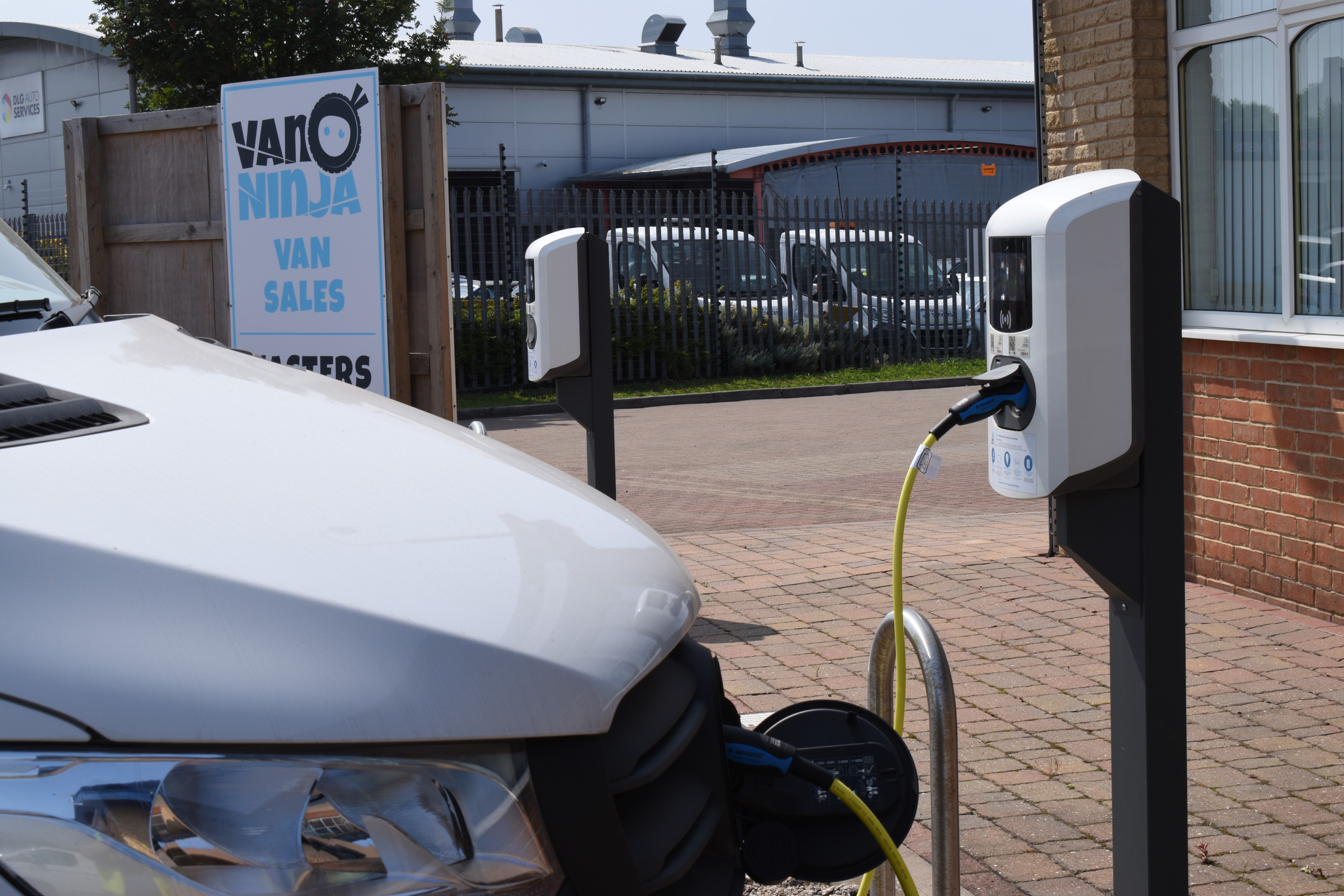The UK automotive industry has published a new plan to lay out their ideas for improving the electric vehicle charging network.
The seven-point plan is designed to encourage collaboration between the industry and the government, and includes infrastructure targets and calls for investment.
It also recommends that an independent regulator be established to ensure targets are met and that consumers are looked after.
The government has been working hard with local authorities and the EV charging sector and, since 2011, they have successfully increased the number of standard public chargepoints by 3,000%. However, with the recent surge in demand for electric vehicles, chargepoint installation has not been able to keep pace.
The issue is undermining consumer confidence, with potential buyers more concerned about chargepoint availability than other issues such as vehicle range.
To combat this, the UK automotive industry is proposing a “nationally coordinated and locally delivered infrastructure plan” to ensure the correct number of chargepoints are installed where needed, to ensure the customers needs are put first.
The proposed new regulator, Ofcharge (the Office of Charging), would monitor the market, including charging prices and affordability, and enforce regulated minimum standards to ensure consumers are at the forefront of any future rollout. With the deadline for the end of sale of new diesel and petrol cars by 2030, the UK automotive industry believes that a unified approach to chargepoint installation and usage is necessary.
Mike Hawes, SMMT Chief Executive, said,
“The automotive industry is up for the challenge of a zero-emission new car and van market by 2035. Delivering this ambition – an ambition that would put the UK ahead of every major market in the world – needs more than automotive investment. It needs the commensurate commitment of all other stakeholders, especially the charging industry as surveys show that range anxiety has been replaced by charging anxiety.
“Our plan puts the consumer at the heart of this transition, assuring them of the best possible experience backed by an independent regulator. With clear, equivalent targets and support for operators and local authorities that match consumer needs, government can ensure the UK has a chargepoint network that makes electric mobility a reality for all, cutting emissions, driving growth and supporting consumers across the UK.”
The full seven-step plan is as follows:
Seven steps to delivering consumer-centric charging infrastructure for zero emission mobility:
- Embed consumer-centricity in policy and a national plan on charging infrastructure
- Develop and implement a nationally coordinated but locally delivered infrastructure plan
- Invest significantly to uplift all types of charging infrastructure, particularly public chargers, ahead of need
- Set binding targets to ensure adequate public chargepoint provision and social equity
- Enact proportionate regulation to deliver the best outcomes for consumer experience and expansion of provision
- Provide adequate enabling support to incentivise and facilitate delivery of charging infrastructure
- Ensure electricity networks are future-proofed and fit for purpose for zero emission mobility
And you can read the full detail of the plan here.
This plan is equally important for vans and LCVs. Although companies are installing their own chargepoints at offices and workplaces, there are many traders who work from home and may not have access to a private charger. Also, they may need to access public chargepoints while on longer journeys.

